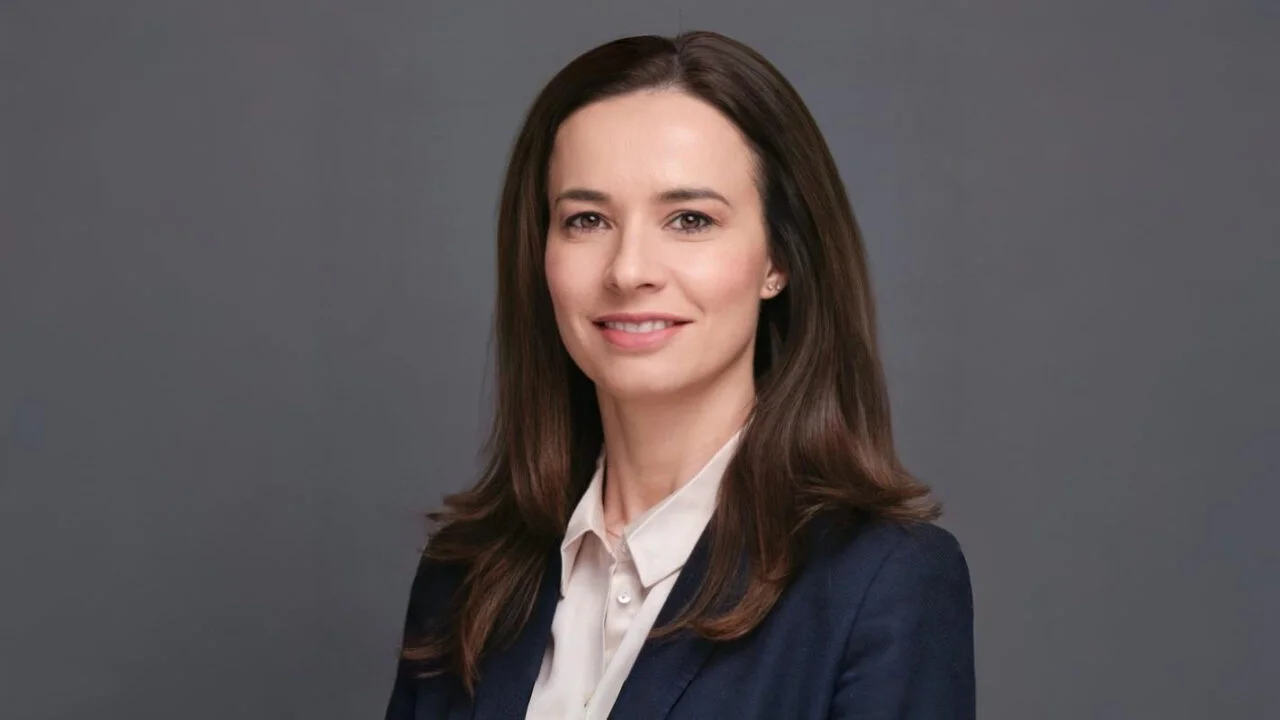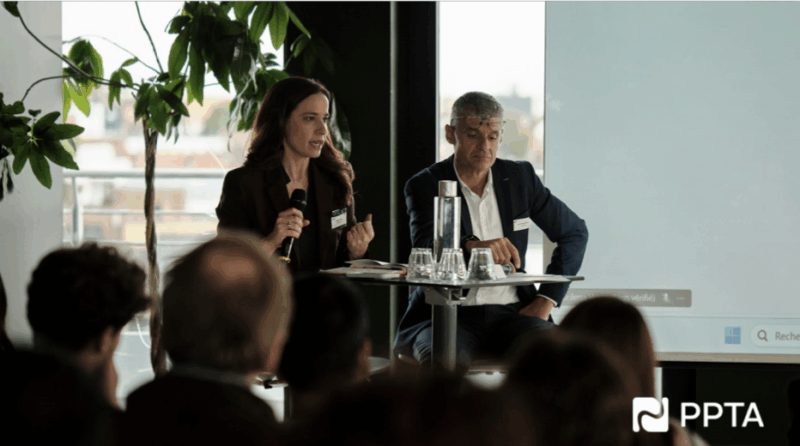
Marilena Vrana: Plasma-Derived Medicines Are a Clear Example of Why A One-Size-Fits-All Approach Won’t Work
Marilena Vrana, Vice President at the Plasma Protein Therapeutics Association (PPTA) Europe, reposted from PPTA Europe on LinkedIn:
”’Regulations must also power possibilities.’
The Critical Medicines Act offers a chance to build a framework that strengthens Europe’s resilience by recognising the distinct characteristics of pharmaceutical supply chains.
Plasma-derived medicines are a clear example of why a one-size-fits-all approach won’t work.
A tailored, future-proof regulation grounded in reality and collaboration will help the EU to move from dependence to resilience.
Working together — policymakers, industry, healthcare professionals, and patient communities — we can ensure access and innovation go hand in hand.
Thank you to all who joined this important discussion ahead of IPAW 2025.”
PPTA Europe shared on LinkedIn:
”What a fantastic evening we had at Comet Louise last Wednesday!
The conversation was every bit as engaging and thoughtful as we hoped, and our speakers left everyone with truly inspiring insights.
Joining us virtually, MEP Tomislav Sokol, rapporteur for the Critical Medicines Act, set out the key objectives of the legislation and explained the reasoning behind his draft report.
He spoke about strengthening the EU’s strategic autonomy, increasing pharmaceutical manufacturing, supporting European industry, and improving coordination.
He also underlined that a core aim of the CMA is to make sure that critical medicines, including plasma-derived products, reach patients across Europe.
He highlighted that stockpiling in one country should not lead to shortages in another, pointing to the need for stronger coordination between Member States to avoid uneven availability and ensure reliable access for patients.
Jean-Philippe Plançon spoke about the barriers patients face in accessing treatment and emphasised the importance of including patient voices in policy discussions.
“We expect a lot from this legislation to enhance the ability to collect more plasma,” he said.
“Patients cannot wait 20 years for change; we need to take action now.”
Prof. Dr. Isabelle Meyts drew on her extensive clinical experience to convey patients’ concerns about medicine shortages, highlighting the urgent need to raise awareness of the value of plasma donation to secure reliable access to life-saving therapies. She noted that “patients are in favour of increasing the supply of the starting material.”
Marilena Vrana emphasised the crucial need for future-proof legislation that is based on the realities and complexities of medical supply chains.
She explained how PDMPs differ from chemically synthesised pharmaceuticals, emphasising their unique characteristics and why rigid, one-size-fits-all policies could undermine patient access.
She stressed that building flexibility into the regulation is essential to protect patients and address the root causes of medicine shortages.
More updates are on the way, including an upcoming Euractiv article that will share additional highlights and key takeaways.
For now, we want to thank everyone who made this event possible and all who joined us to share the evening.
Stay tuned.”

Stay updated with Hemostasis Today.
-
Nov 25, 2025, 14:18From Ticagrelor to Prasugrel․ ISAR-REACT 5 Findings Redefine Clinical Practice
-
Nov 25, 2025, 12:03Ana Rita Rodrigues on Post-Stroke Oropharyngeal Dysphagia
-
Nov 25, 2025, 11:24Amy Goundry Takes on The Role of Managing Editor for Therapeutic Advances in Cardiovascular Disease
-
Nov 25, 2025, 11:01Jack Shuang Hou: Asundexian Hits Phase 3 Stroke Endpoint Without Increasing Bleeding Risk
-
Nov 25, 2025, 10:37Moin Makda: HemeNext Felt Like a Full Circle Moment
-
Nov 25, 2025, 10:14Lucas Di Meglio and Team Show That Targeting Extracellular DNA Mayy Reduce Microvascular Thrombosis
-
Nov 25, 2025, 09:54Hema Tallman on BioLife Plasma Services Leaders Spreading Holiday Cheer through Volunteerism
-
Nov 25, 2025, 09:36Stefan Hof on The Role of Pyrrolidine Dithiocarbamate in Hemorrhagic Shoke
-
Nov 25, 2025, 09:29Ashkan Shoamanesh: Should Intracranial Hemorrhage Survivors with AFib Receive Anticoagulation?
